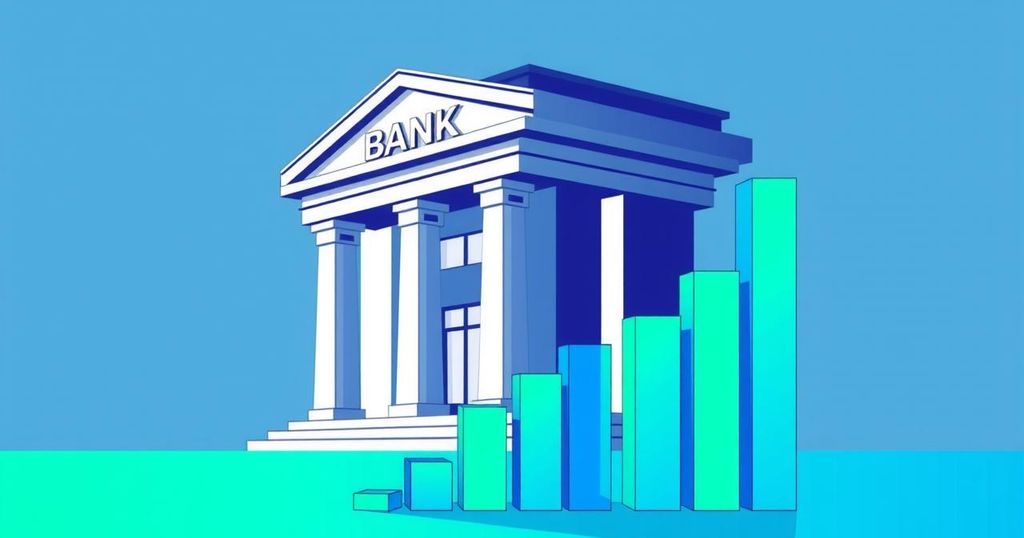Brazil’s Central Bank Increases Interest Rates to Tackle Inflation

Brazil’s Central Bank has raised interest rates to 14.25% to combat inflation, with concerns about rising consumer prices and economic pressures. The government’s new proposals aim to support consumers, reflecting a commitment to long-term economic stability amid aggressive monetary policies.
Brazil’s Central Bank has raised its benchmark interest rate by one full percentage point, bringing the Selic rate to 14.25%. This marks the third consecutive increase, as the bank aims to address escalating inflationary pressures. Economists anticipated this decision, which comes shortly after a report indicated the largest monthly surge in consumer prices in three years, driven by increased government spending and a strong job market.
In February, Brazil’s annual inflation rate reached 5.06%, surpassing the central bank’s target of 4.5%. This rise has been attributed to higher costs in essential sectors such as housing, education, and food. Consequently, consumers are facing increased financial strain, especially in grocery expenditures. Despite these measures, inflation expectations remain high, with forecasts suggesting rates will exceed 3% beyond 2028.
To mitigate these economic challenges, President Luiz Inacio Lula da Silva’s administration has proposed new initiatives, including income tax exemptions for workers earning up to 5,000 reais and expanded lending options for private sector employees. These actions aim to foster consumption amidst stricter monetary policies that the central bank is enforcing.
This monetary stance contrasts sharply with the U.S. Federal Reserve, which has opted to maintain its interest rate amid signals of slowing economic growth and rising inflation. Under the guidance of Gabriel Galipolo, Brazil’s central bank continues to adopt a stringent strategy to achieve long-term economic stability and control inflation effectively.
In summary, Brazil’s Central Bank has taken decisive action to raise the Selic rate to curb inflation pressures, which have reached concerning levels. The government’s response through supportive policies aims to alleviate consumer burdens while navigating a complex economic landscape. The central bank’s approach indicates a commitment to stabilizing the economy in contrast to the U.S. Federal Reserve’s differing strategy.
Original Source: www.indexbox.io








